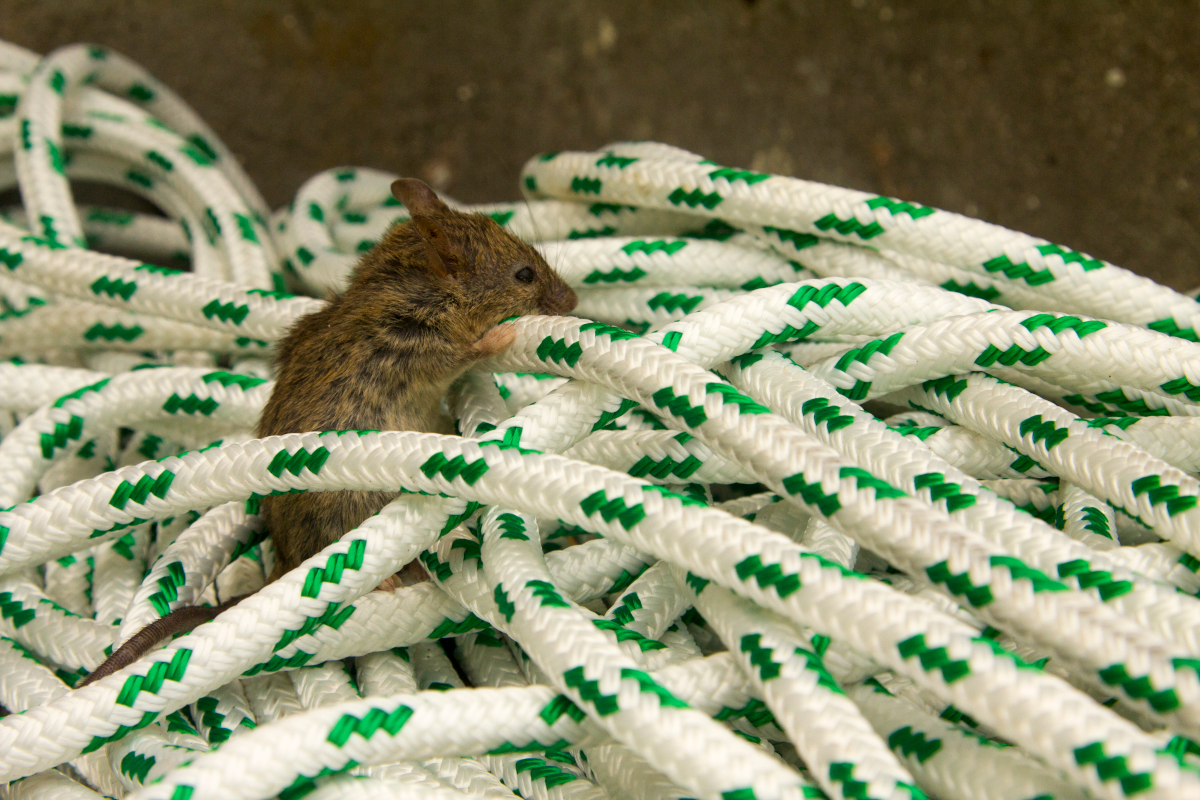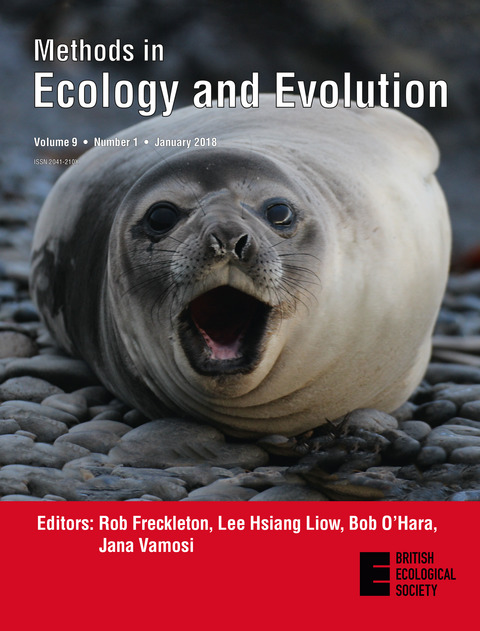How many invasive species can our ecosystems tolerate?
An increase of 20 to 30 percent in the number of invasive alien species will lead to dramatic biodiversity loss worldwide. This is one conclusion of a study by an international team of researchers led by C·I·B associate Franz Essl that was published in the journal Global Change Biology.



